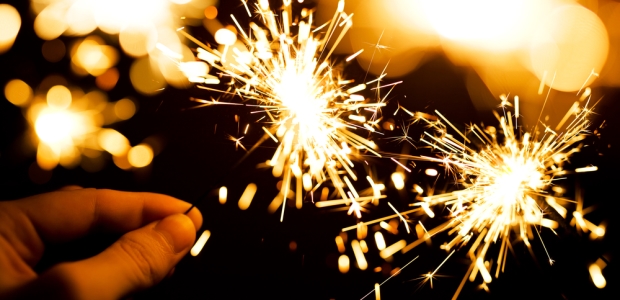
Handle Fireworks Safely, OSHA and CPSC Remind
A post on CPSC's blog said its most recent fireworks report showed 11 consumers were killed and more than 10,000 were injured by fireworks in 2014.
Both OSHA and the Consumer Product Safety Commission are reminding the public about safe ways to use fireworks while celebrating the July 4 holiday weekend. CPSC's message: "Unfortunately, what may seem like harmless fun with fireworks can quickly turn into a tragedy."
A post on CPSC's blog said its most recent fireworks report showed 11 consumers were killed and more than 10,000 were injured by fireworks in 2014. "Here's a particularly troubling aspect of these incidents: three of the victims who died were not even present where fireworks devices were being used," according to the agency. Its report described a 19-year-old female who died from smoke inhalation after a sparkler was thrown into a second-floor window and ignited a fire inside her home and an elderly couple who died in a house fire when debris from a neighbor's fireworks ignited their home.
Children younger than 15 experienced the highest rate of fireworks injuries during 2014.
CPSC urges the public to take these safety steps with fireworks;
- Make sure the fireworks you want to buy are legal in your area before buying or using them.
- Never allow young children to play with or ignite fireworks, including sparklers. Sparklers burn at temperatures of about 2,000 degrees.
- Do not buy fireworks that are packaged in brown paper, which is often a sign that the fireworks were made for professional displays.
- Never place any part of your body directly over a fireworks device when lighting the fuse. Back up to a safe distance immediately after lighting fireworks.
- Keep a bucket of water or a garden hose handy in case of fire or other mishap.
- Never try to relight or handle malfunctioning fireworks. Soak them with water and throw them away.
- Never point or throw fireworks at another person.
- Light fireworks one at a time, then move away from them quickly.
- After fireworks complete their burning, douse the spent device with plenty of water from a bucket or hose before discarding the device to prevent a trash fire.
OSHA on June 29 issued a reminder for employers in the fireworks and pyrotechnics industry to protect their workers from hazards while manufacturing, storing, transporting, displaying, and selling fireworks for public events. "Millions of Americans will enjoy the excitement and beauty fireworks bring to the 4th of July holiday, but we must recognize the dangers workers in the pyrotechnics industry face every day. It is vital that employers take the required steps to ensure workers’ safety and health," Assistant Secretary Dr. David Michaels said.
According to the agency, one worker was killed and another critically injured last summer in an explosion and fire at a fireworks storage facility in Kansas. Two employees were directed to use a gas-powered forklift to move pallets of fireworks and cardboard out of an explosives storage facility in Pittsburg when the gas ignited, which caused an explosion and fire. OSHA cited the employer, Lone Star Management, with nine serious safety violations and proposed $55,000 in fines.